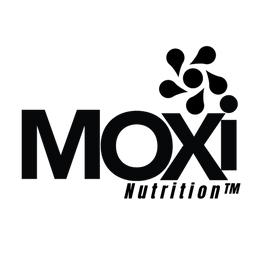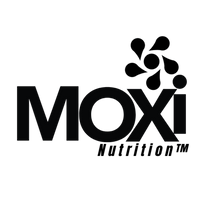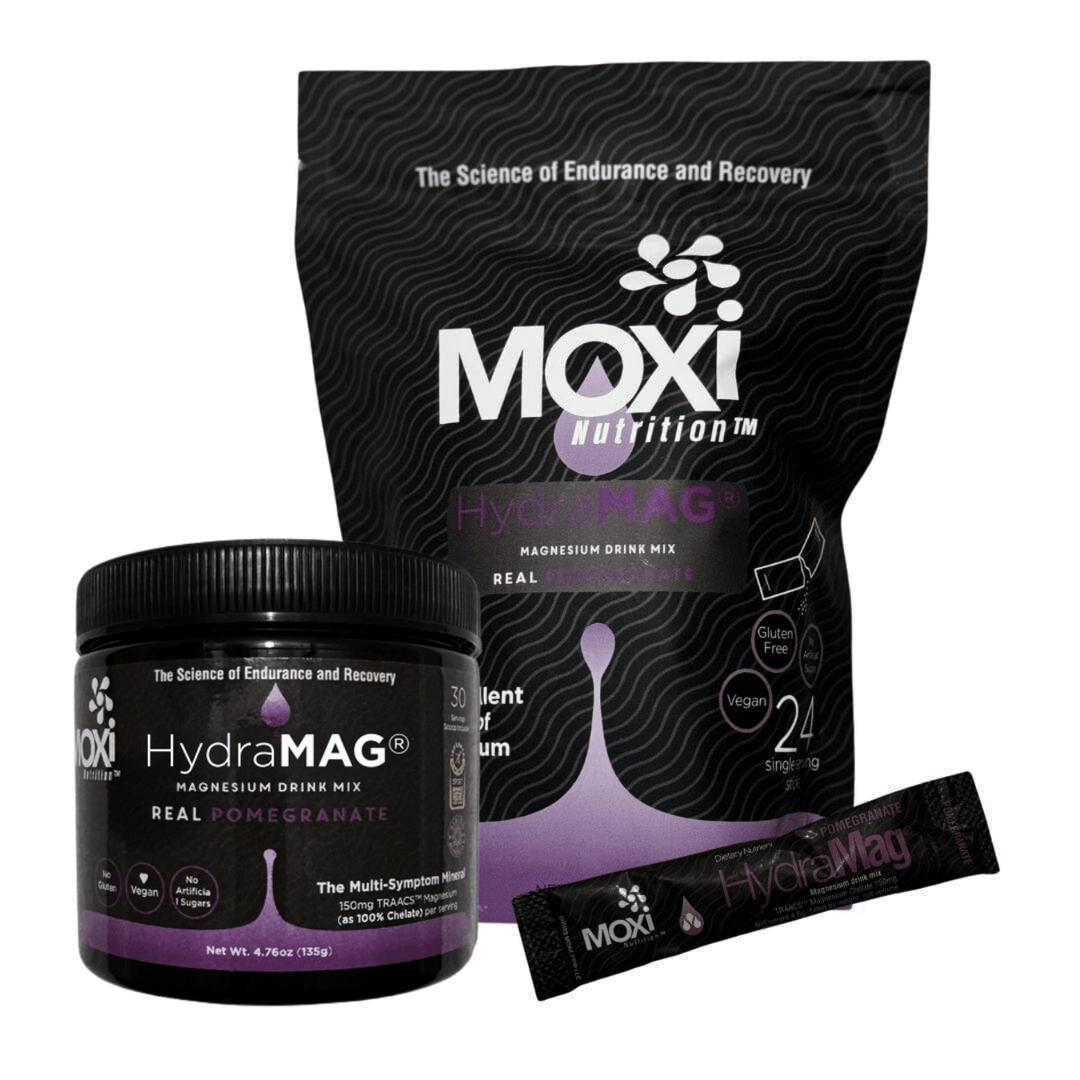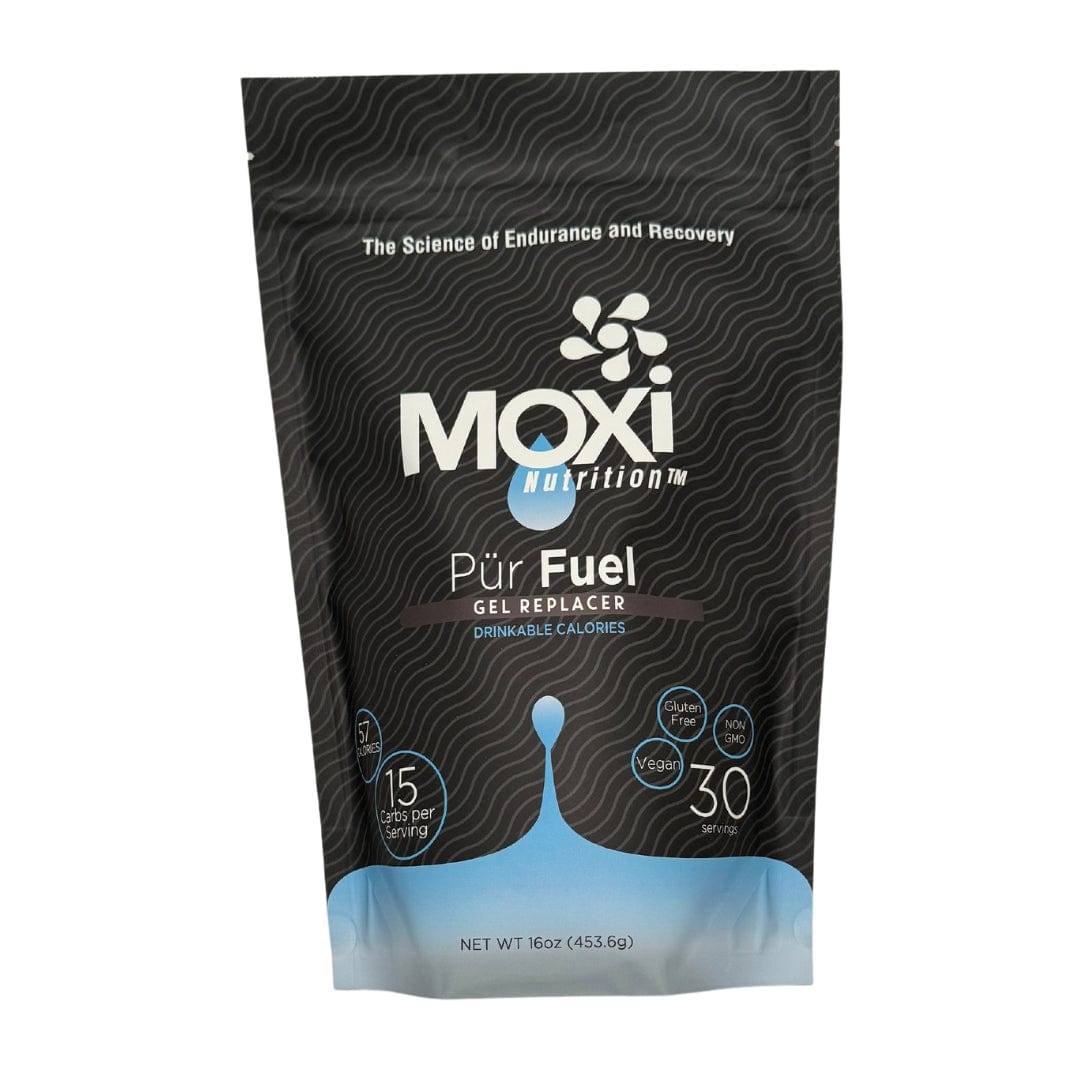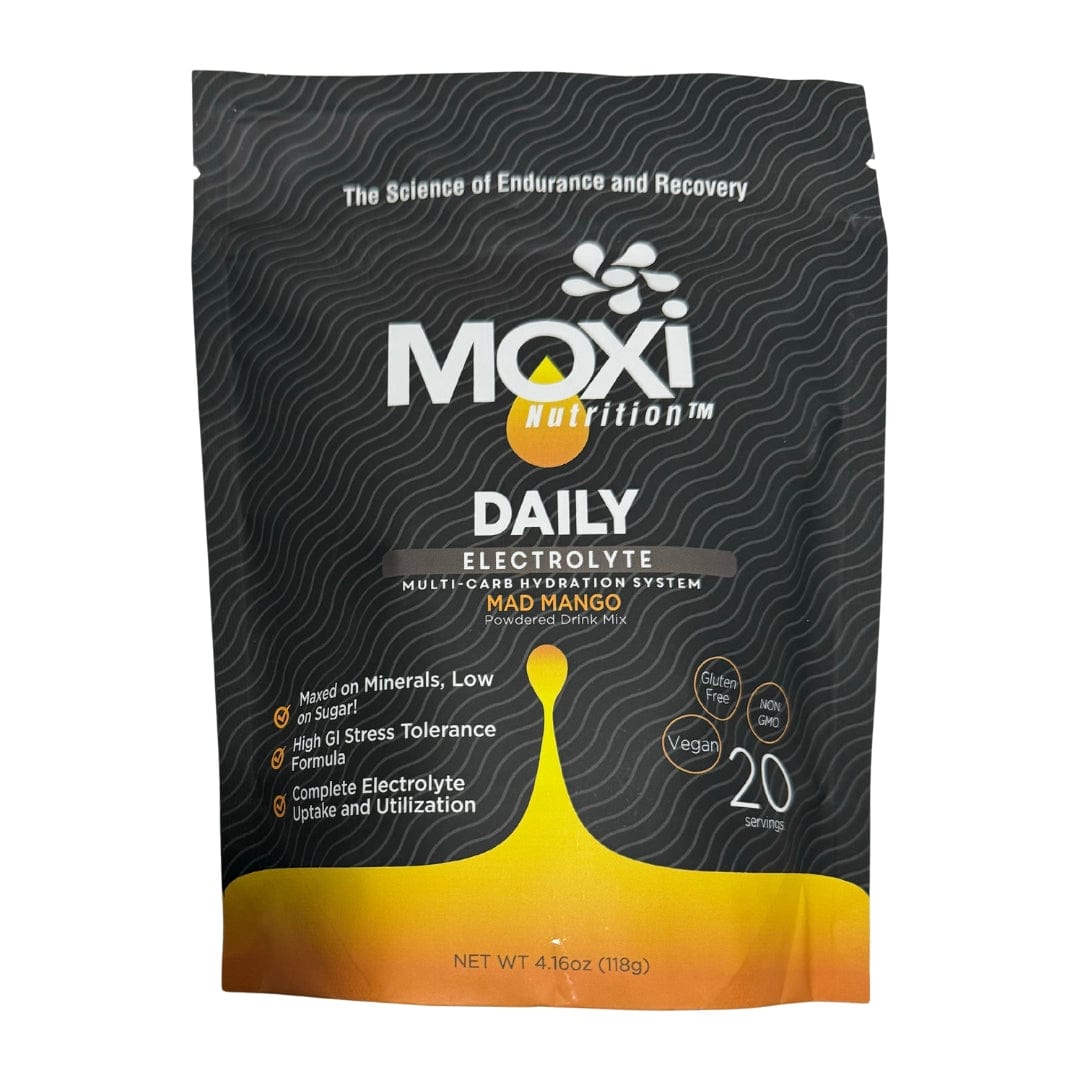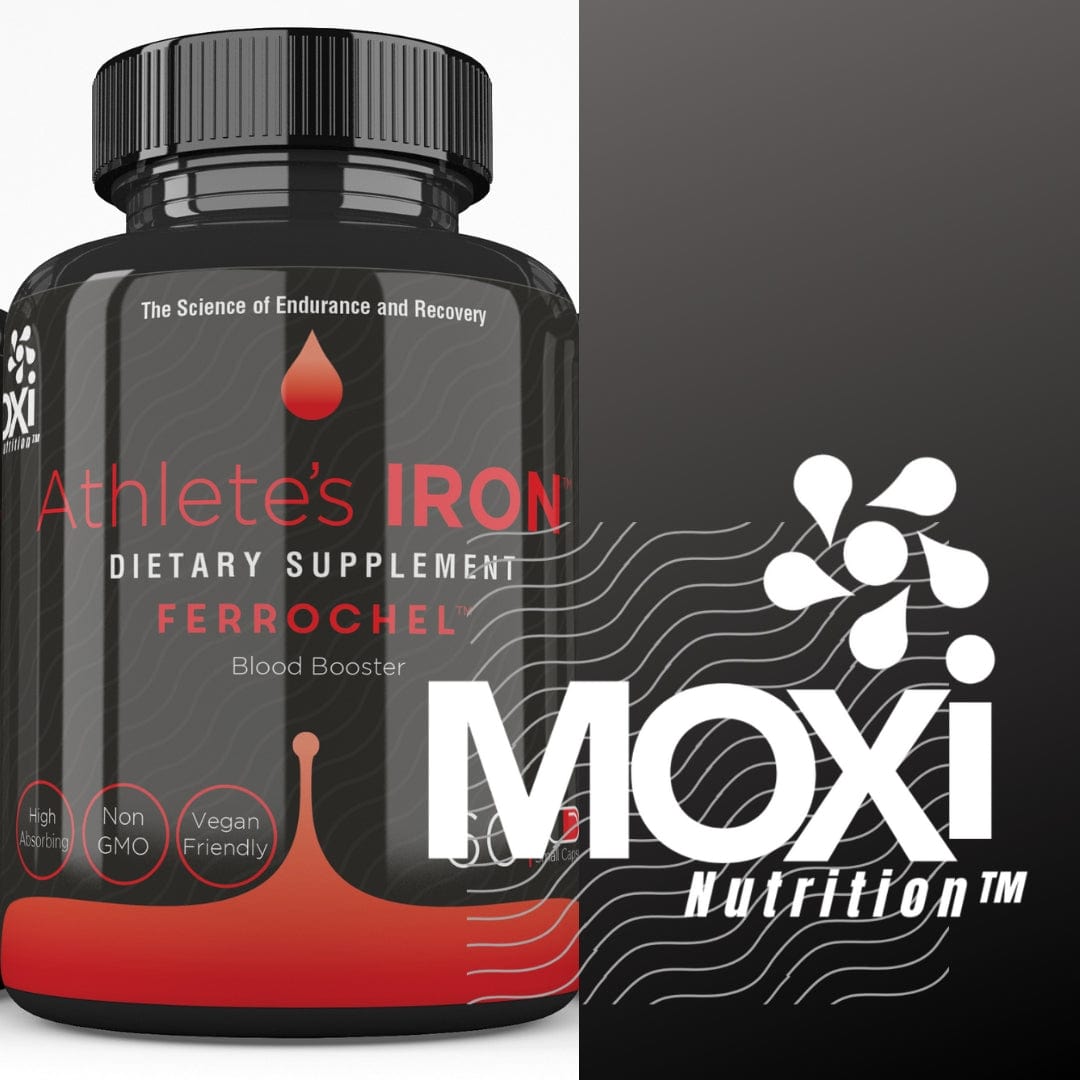How Does HydraMag® Magnesium Help Athletes?
Today we are going to help you understand the various nuances of how HydraMag® Magnesium can facilitate better performance and recovery.
To start, you need to understand how micronutrients affect chemical reactions in the body, and why these reactions are important.
3 Key Metabolic Highlights
Micro and Macro Nutrients
Enzymes and Chemical Reactions
Magnesium Physiological Benefits
Specifically for athletes, your body needs carbohydrates, protein and fats to function. Everyone has various needs & amount levels of these macronutrients to optimize and amplify performance and recovery. The carbohydrate source and combination of, that Joe uses during a race, doesn’t necessarily work for Jim. Our bodies have very different nutrient needs regarding the macronutrient types, forms and combinations which are used during training and racing.

Key: What every individual on the planet does require is, the foundation of MICRONUTRIENTS: both minerals and vitamins, which ’utilize’ the ingested macronutrients.
When whatever form of macronutrient is ingested, the body needs to decide what to do with it, how to make it function for the body and where to utilize it best in the body.
Whether it is to break down sugars into usable energy, build muscle, detoxify our liver, increase nerve to muscle function, balance fluids, reduce cholesterol, or to breakdown foods to absorbable nutrients. All these functions require a reaction in the body to complete the desired function.
Enzymes and Chemical Reactions

Many chemical reactions rely on enzymes to facilitate the breakdown of macronutrients and to support anti-inflammatory & oxidative stress which are a result of “too much of a good thing”.
An enzyme is a biological catalyst and is almost always a protein. Enzymes speed up the rate of a specific chemical reaction in the cell. For athletes, amylase is an enzyme which helps break down sugar and carbohydrates into usable energy.
Key: Our bodies require chemical reactions to function.
Your body produces proteolytic enzymes to help break down dietary proteins like meat, eggs and fish into smaller fragments called amino acids. These amino acids can then be properly absorbed, utilized for other chemical reactions and or digested.
Lipase enzymes, facilitate the breakdown of fats & triglycerides into free fatty acids and glycerol. Lipase enzymes are generated in the mouth, stomach, and pancreas, however, can be found in some plants.
When it comes to enzymes, our bodies require enzymes to utilize or make use of the macronutrients we eat while training & racing. Enzymes are necessary to facilitate better and faster recovery as they also help reduce inflammation and oxidative stress.

The body requires homeostasis; a balance of all micronutrients, to support the development of enzymes and maintain metabolic efficiency. For an athlete, metabolic efficiency is the difference between a PR or meltdown. For some individuals it is the difference between life and death.
The key takeaway is the vital importance of micronutrients and understanding through intercellular testing, what your body needs during specific heavy training blocks and or after a race.
Now that we have an understanding of what your body does after you ingest your macronutrients, it’s time to deep dive into how HydraMag® Magnesium can help your perform better and recover faster.
What does HydraMag® Magnesium have to do with enzymes?
Approximately 600 enzymatic processes rely on Magnesium as a cofactor to an extraordinary number of chemical enzymatic reactions to include and not limited too, all of the above enzymes, protein synthesis, cellular signaling, and blood pressure regulation.
What does insufficient enzyme amounts mean for an athlete?
If your body does not have ample intercellular Magnesium levels, to meet the demands and needs of the enzymes required to break down the macronutrients, you are not tapping into all usable energy & not reducing oxidative stress.
How Does HydraMag® Magnesium Work to Enhance Athletes Performance and Recovery?
Let’s look at some of the additional critical ways the body requires Magnesium, outside of the ‘simple’ enzyme needs.
Magnesium Physiological Benefits
ATP ENERGY
It is well known that ATP (Adenosine Triphosphate) energy, does not work without Magnesium. The mitochondria are the energy hub and without significant levels of Magnesium, will not produce ATP. Conduction of positive and negative charges require electrons to complete the circuit.
MUSCLE CONTRACTIONS
We mentioned the term ‘homeostasis’ previously and this may be one of the activities involved with muscle cramping causes. Research shows Calcium is the mineral that is involved with muscle contractions. Magnesium is the key mineral to oppose the contractions and relaxes the muscle.

HEART FUNCTION
Magnesium directly and indirectly affects heart heath. Directly, Magnesium supports the electrical charges involved with the heart beat itself. Indirectly, Magnesium is involved with the enzymatic reactions involved with breaking down lipids/fats, and cholesterol.
Atrial fibrillation is a ‘hiccup’ in the electrical conduction of a heartbeat and can often be alleviated with supplemental Magnesium and or elevation in a Magnesium centric diet.

We know that some heart issues involve an accumulation of ‘substances’ in arteries, veins, and capillaries. Enzymatic reactions support the breakdown of these substances and require Magnesium as a cofactor.
CELL FLUID BALANCE
Everything in our bodies work on a cellular level. The ability of each cell to actively work relies on the homeostasis of nutrients and the proper amount of inter and extracellular electrolytes. The osmotic cell balance is unique to everyone’s metabolism and have been generalized in clinical studies as a baseline to overall cell function. Many factors need to be considered in how much fluid is required and the electrolyte balance for maximized uptake. Every athlete metabolizes micronutrients differently and some athletes require vastly different proportions and ratios.

DIGESTION
All macronutrients will be utilized & optimized with proper digestion. Reduced GI issues: gas, bloating & nausea, may be greatly reduced with elevated enzymes as a result from sugars being broken down and not fermenting.
SLEEP and STRESS
Key components for recovery are:
- reducing the stress biomarkers
- calm the nervous system down and everything associated with stress biomarkers
- deep REM sleep

Elevated and optimized Magnesium supports the circadian cycle and helps balance cortisol levels.
What Magnesium is best for athletes?
Magnesium comes in a variety of forms: Oxides, Citrates, Gluconates, Carbonates, Glycinates, Bisglycinates , Lysinate Glycinates, Malates.
Chelate minerals are the best organic forms as they are ‘pre-converted’ recognizable delivery system. The simple analogy of bicycles bears a visual picture. A mineral without the amino acid bonded to it is much like a unicycle. The amino acid is a delivery vehicle for the mineral. The optimal size is two amino acid molecules, as the size and weight play a role in absorption. If there are more that 2 amino acids, the molecule is inefficiently absorbed and like a tricycle, has more drag and weight.
The basic differences are inorganic and organic molecules.
Organic Magnesium molecules are notably better absorbed than inorganic forms if taken in incremental doses and when the body has low or deficient Magnesium levels. Chelate minerals are organic.
Inorganic magnesium requires additional energy conversion, to a form that the body recognizes. The delivery process is called chelation, which the mineral finds amino acids in the body to bond too, allowing for optimal absorption.
When is the best time to take HydraMag® Magnesium?
Sipping on HydraMag® Magnesium while training and racing provides consistent low doses of high absorbing Magnesium supporting the mitochondria ATP cycle, while keeping muscles balanced and Calcium in check.
Unlike macronutrients, proteins, fats and carbohydrates, the periodization of Magnesium has not been studied enough to determine if taking it before, during or after a workout makes a significant difference in the metabolic utilization.
What we do know is low levels of intercellular Magnesium can reduce performance by up to 10% depending on how low your levels are.
When we add up the above information, Magnesium characteristics and various recognizable forms, the timing is not a significant as is the amount the intercellular levels, and what is available to utilize during intense exercise and power output.
The key to maximized energy and reducing the potential for muscle imbalances, is to elevate Magnesium levels prior to key athletic events with incremental doses.
Consistency and low doses throughout the day are key when supplementing with nutrients and supplements. Although this may be inconvenient, this protocol is the most elevating for nutrients as this continually keeps the nutrients circulating throughout the system.
3x daily for capsules in low doses may be a bit of an inconvenience however this is better for the body to absorb and utilize.
For best health practices focusing on high Magnesium diets and supplementation is a very important factor for long term health benefits, better performance, and recovery.
